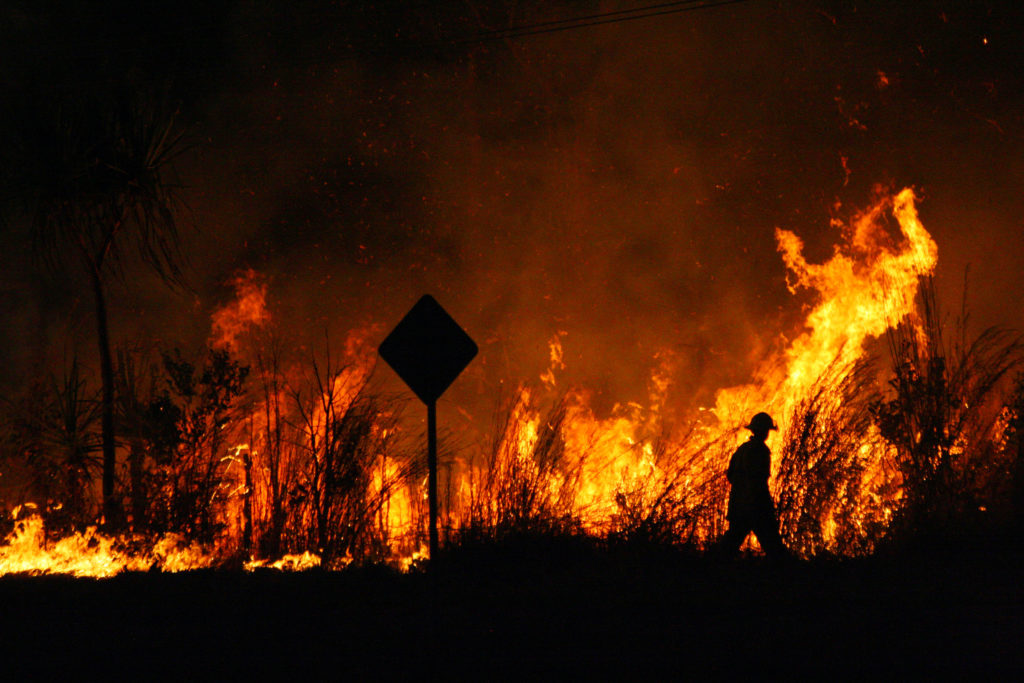Australia has been very stringent when implementing standards on goods and services to ensure they are safe, reliable, and do the job they are intended for. And even if there is already an International Organization for Standardization (ISO), they have an independent body called Australian Standards that also aims to ensure the public is protected in the ever-changing global landscape of economic, consumer, and social behaviors. This is especially relevant in the production of materials used for building homes.
Australia is located in the Southern Hemisphere, where the climate is generally hot, dry, and prone to drought. No wonder deserts and semi-arid land dominate about 20% of the vast expanse of land, which is also why bushfires and grassfires are widespread. For this reason, homes in Australia must be built to at least withstand bushfires. This became even more urgent after the Black Saturday bushfire in Victoria in June 2009.
More so, making homes fire compliant is a critical requirement in the construction industry, and the Australian Standards generally require the following:
Utilizing Construction Materials Tested For Non-Combustibility
AS1530 1 under the BCA or Building Code of Australia specifies that external walls of buildings of type A and B construction must be of non-combustible materials. Non-combustible means that the material must be incapable of lighting or burning when subjected to fire. And so, if you’re planning to build or renovate a home, you should check out and use products that comply with this BCA standard.
And today, there are various innovations in construction materials that you can opt for. For instance, you can consider pre-blended cement that’s compliant with AS1530.1. You may check it out online or in construction stores nationwide.
Use of Bushfire-Resilient Roof System
Since roofs can be vulnerable to combustible roof elements and being a passage of fire through a structure, homes must also abide by a guideline to comply with fire safety protocol. Here are some tips you may follow:
- Use a less complex roof design – an intricate roof design is prone to gathering combustible elements like leaves and wood barks.
- Use a non-combustible roof framing and cavity.
- Use a metal mesh to cover gutters to limit debris build-up.
- Use a solid concrete slab or earth-covered roof.
- Avoid combustible objects build-up in the roof cavity
- Regularly clean gutters to remove piles of leaves and other objects that may have flown there.

Install A Reliable Smoke And Heat Alarm
The Australian government recently passed a law requiring all landlords of residential rental properties to have an interconnected smoke alarm. The law legislated on January 1, 2022, requires all dwellings beginning in 2027 to be fully compliant. The new law states that when one alarm goes off, all interconnected alarms must activate too to give everybody a chance to escape since it’s been established that when a fire begins, you only have two minutes to run unscathed.
A warning system that would give you valuable time to run outside is an essential component of an Australian home. Alerting the dwellers of a house will provide every opportunity for everyone to exit the property safely. In addition, the new legislation requires that:
- Smoke alarms must not be more than ten years old
- It should be photoelectric (AS 3786-2014)
- There should be one on every level, in each bedroom, and in all hallways that connect bedrooms
- It should work when tested.
- All alarms should be interconnected.
- Smoke alarms must be powered by a non-removable lithium battery with a ten-year warranty.
Presence Of Fire Safety Installation In Your Dwelling
Fire safety systems play an essential role in helping save lives and property. Installing fire extinguishers, for instance, is a must and should be properly maintained and inspected regularly. As per Australian Standard, fire extinguishers must be maintained every six months, while pressure tests should be conducted every five years.
- Proper Installation And Maintenance Of HVAC
Heating Ventilation and Airconditioning systems in a home are essential in providing comfort for the entire family, but improper installation and quality can jeopardize a home’s safety. In the same way, if the system is not adequately maintained the way and how often it should be.
As a homeowner or a property owner, you shouldn’t sacrifice quality for cost when investing and maintaining an HVAC system. There are rules that regulate and oversee how such systems are to be installed and maintained in properties, particularly in terms of fire and smoke control.
Wrapping Up
Not just in Australia, but anywhere in the world, it’s crucial to adhere to fire regulations set by the government. Having these measures can help ensure the safety and protection of the community. Building a home that can withstand the hazards of a vicious element like a fire can give you peace of mind and assurance.






